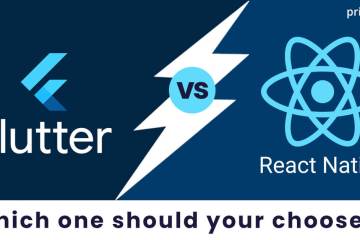A recent study by JPMorgan Chase revealed that a whopping 53% of traders believe artificial intelligence (AI) will be the most influential technology impacting financial markets in the next three years. This sentiment reflects a growing trend on Wall Street – the rise of AI-powered algorithmic trading.
Algorithmic trading, or algo-trading for short, refers to the use of computer programs to execute trades on exchanges. These programs are pre-coded with specific trading strategies and rely on complex algorithms to analyze market data and identify trading opportunities. While algo-trading has been around for decades, AI is taking it to a whole new level.
AI’s Supercharged Algorithmic Trading
Artificial intelligence in finance empowers algorithms to analyze vast amounts of data at lightning speed, including historical price charts, news articles, social media sentiment, and even satellite imagery. This allows them to uncover hidden patterns and correlations that human traders might miss.
Here’s a closer look at how AI is revolutionizing algorithmic trading on Wall Street:
- Enhanced Speed and Efficiency: AI algorithms can process information and execute trades millions of times faster than human traders. This is particularly beneficial in high-frequency trading (HFT) strategies, where capitalizing on fleeting market inefficiencies is crucial.
- Uncovering Complexities: AI’s ability to sift through mountains of data empowers it to find intricate relationships between seemingly unrelated events. This allows algo-traders to develop more sophisticated trading models that can exploit subtle market nuances.
- Emotionless Decisions: Human traders are susceptible to emotions like fear and greed, which can cloud judgment and lead to irrational decisions. AI algorithms, on the other hand, make decisions based on cold, hard logic, adhering strictly to the programmed trading strategy.
- Risk Management on Steroids: AI can be used to develop robust risk management frameworks. Algorithms can constantly monitor a portfolio’s exposure and automatically adjust positions to minimize potential losses.
AI’s Expanding Role in Algorithmic Trading
The applications of AI in algorithmic trading extend far beyond just order execution. Here are some additional areas where AI is making waves:
Market Making: AI can be used to create intelligent market makers that provide continuous liquidity by dynamically adjusting bid and ask prices based on real-time market data.
Sentiment Analysis: AI can analyze news articles, social media posts, and even satellite images to gauge investor sentiment and predict potential market movements.
Portfolio Optimization: AI algorithms can be used to build and optimize investment portfolios, taking into account individual risk tolerances and investment goals.
The Future of Wall Street: Man and Machine
The rise of AI in algorithmic trading doesn’t necessarily signal the end of human traders. Instead, it’s likely to usher in a new era of collaboration between humans and machines.
Human expertise will still be vital for developing trading strategies, overseeing AI systems, and making critical investment decisions. However, AI will undoubtedly shoulder a growing portion of the workload, freeing up human traders to focus on higher-level tasks that require creativity and intuition.
As artificial intelligence in finance continues to evolve, regulatory frameworks will also need to adapt to address potential concerns surrounding fairness, transparency, and algorithmic bias. Nevertheless, one thing is certain: AI is revolutionizing algorithmic trading on Wall Street, and its impact is only set to grow in the years to come.



